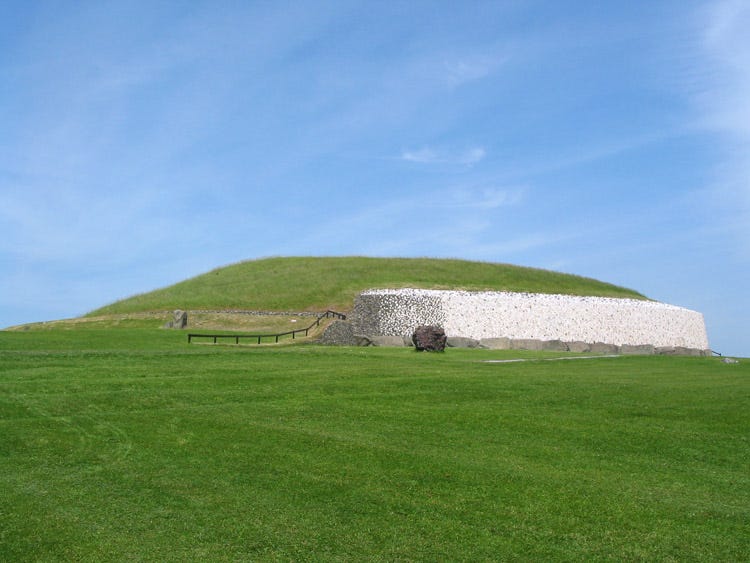# Ancient Tomb Discovery Sheds Light on Prehistoric Beliefs
Written on
Chapter 1: The Discovery of the Tomb
Recent archaeological efforts near Antequera, Spain, have led to the discovery of a 5,400-year-old tomb, adding to our understanding of prehistoric rituals and beliefs.
Archaeologists have made significant strides in uncovering ancient sites, often revealing insights into the lives of those who lived long ago.
Section 1.1: The Significance of the Site
The Antequera region is home to a complex of megalithic dolmens, dating back over 5,000 years, which were designated as a UNESCO World Heritage Site in 2016. This area also features notable rock formations, including La Peña de los Enamorados and El Torcal de Antequera. Previously, researchers believed the landscape played a crucial role in the placement of these tombs.

Section 1.2: Tomb Discovery and Its Context
Spanish scientists have recently identified another tomb within this prehistoric necropolis. Radiocarbon dating indicates that it dates back approximately 5,400 years. Its placement is particularly noteworthy, as it aligns with the summer solstice—an important event marking the Earth's maximum tilt toward the Sun, resulting in the longest day of the year.
The newly uncovered tomb is situated adjacent to La Peña de los Enamorados, or the Rock of Lovers. Local lore narrates the tragic tale of two lovers whose families forbade their union, leading them to flee and ultimately choose to end their lives together at the rock.
Chapter 2: The Role of Weather Phenomena
Section 2.1: Symbolism and Architectural Precision
Although the legend surrounding La Peña de los Enamorados likely did not exist in prehistoric times, the site held great significance for ancient builders. The tomb was constructed in a manner that allowed sunlight to illuminate a chamber deep within during the summer solstice.
The research highlights parallels with Newgrange, a prominent passage tomb in Ireland, which also features an "illumination system" designed to capture sunlight during the winter solstice.

Section 2.2: Cultural Connections and Beliefs
Scholars suggest that both Spanish and Irish prehistoric cultures shared similar beliefs concerning life after death and the sun's significance, representing life and rebirth. The builders of Newgrange aimed to signify life triumphing over death, a sentiment echoed in Iberian cultures through the use of light in tombs.
“These ancient architects were exceptionally skilled, crafting arrangements of stones with specific purposes. Additionally, the tomb walls bore markings that indicate participation in larger rituals,” explains Leonardo García Sanjuán, an archaeologist from the University of Seville and one of the study's co-authors.
Researchers have discovered human remains and pottery fragments within the tomb, suggesting it served as a burial site for around 1,000 years. The inner walls, featuring unique “ripple” patterns, were likely designed to interact with sunlight, creating special visual effects.
Source: Antiquity
The Solar System is at peace. How long will it last?
Will the planets continue their predictable orbits, or will they disperse into the cosmos much sooner?
Thank you for reading this article! If you enjoyed it, please consider leaving a clap or following my work. Your support is greatly appreciated!